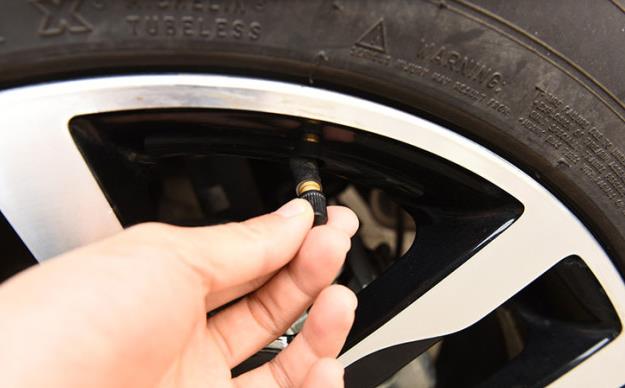Importance of Tyre Valve Stem
Most people often miss out on some small details while doing regular inspection of their car. One of the most neglected parts of a car is tyre valve stem. We are familiar with it since we were kids, and therefore, became so accustomed to it that we rarely give it a thought to inspect them. If you think carefully, you will realise that valve stem is the part that holds air in the tyres, and it is what helps us adjust the air pressure. If valve stem does not work properly then tyre will start loosing the air and might go flat or too hot, if it happens on the move.
How to Choose a Correct Valve Stem-
There are three types of valve stem that you can choose from: High-pressure metal clamp-in, Rubber snap-in, and High-pressure snap-in. Several factors need to be taken into consideration while picking up the most suitable valve stem such as vehicle type, tyre inflation pressure, rim design, and driving conditions. Let’s understand these valve types, so you can choose wisely-
High-pressure Metal clamp-in valves- These are the safest valves and can be used on any kind of wheels. These are highly recommended for racecars since the tyres can get very hot on a racetrack and a normal rubber valve might give up in such high stress conditions. These type of valves are designed in a way that a rubber grommet seals the valve against the wheel when the retaining nut is tightened. Metal clamp in valves have maximum operating pressure of 200 psi and can fit 0.625” and 0.453” rim holes.

Rubber snap-in valves- These are the mostly used valves in passenger cars, motorcycles and other vehicles with relatively low load rating. These valves have maximum pressure rating of 65 psi and don’t require a retaining nut. They just snap in from inside the rim. It can fit 0.625” or 0.453” diameter rim holes.

High-pressure snap-in valves- These high pressure snap in valves find their use on vehicles that carry high load like medium and heavy trucks. Recommended pressure rating is above 65psi. Valves for 0.453” diameter rim hole has maximum inflation rating of 80 psi. On the other hand, valves for 0.625” diameter rim hole has maximum pressure rating of 100 psi.

How to inspect valve stem?
Rubber on the valve deteriorates over time due to factors like sunlight, dust and several other environmental factors. Therefore, they often need replacement.

It doesn’t even take a minute to check valves of all four tyres. Just flex the valves a little in circular direction, if you see any visible cracks on the rubber stem or feel the air leakage, it’s time to replace them with new ones. As thumb rule, replace the valve stem when you replace tyres, since they are inexpensive but an important item. There have been several instances where a tyre had burst due to low pressure because of valve-stem failure!
























